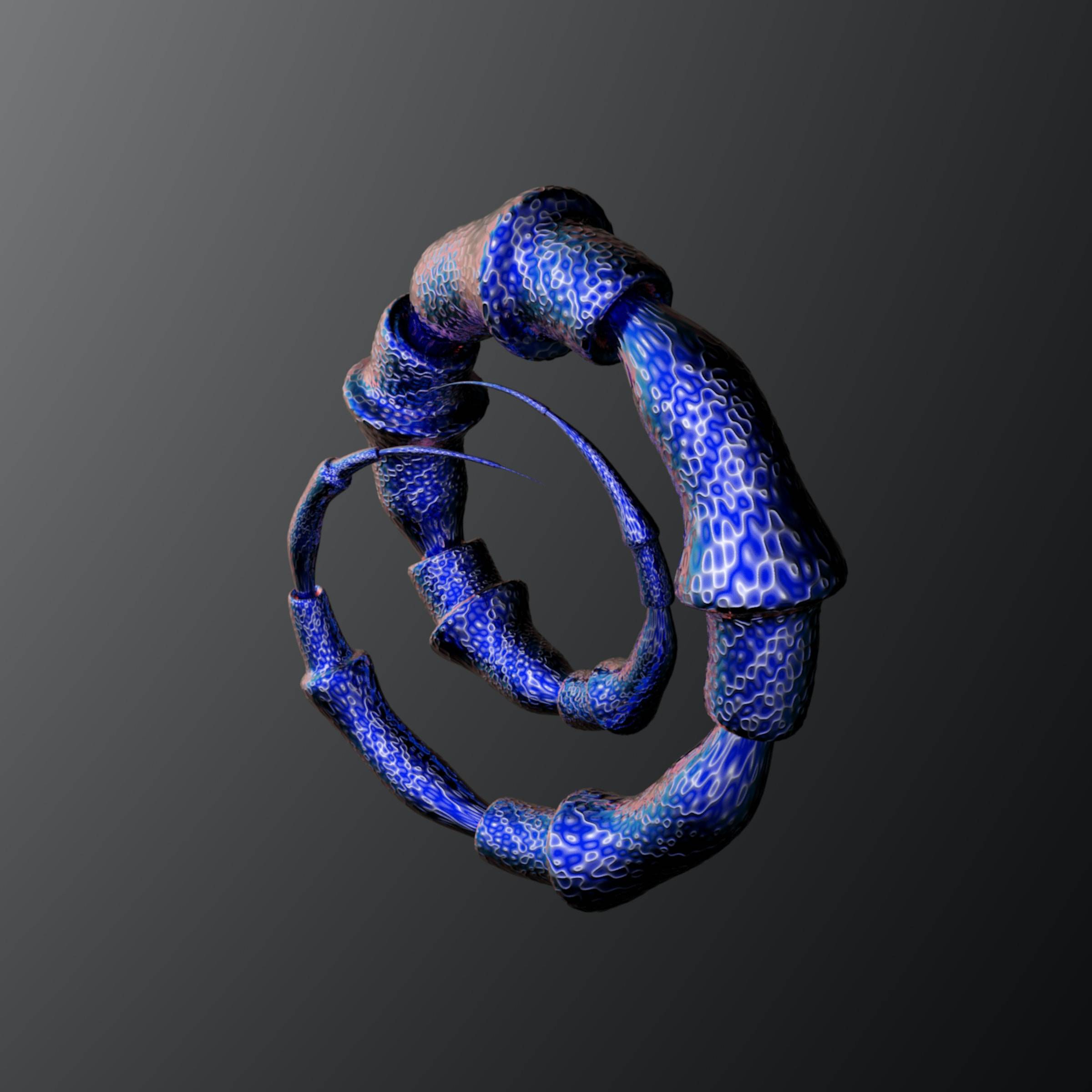

Unraveling the Mysteries of Spectral Expansion, Edge-Distribution, and Mixing in Graphs
Unraveling the Mysteries of Spectral Expansion, Edge-Distribution, and Mixing in Graphs
Exploring the Interplay Between Graph Spectra and Network Dynamics
In the realm of graph theory, the concepts of spectral expansion, edge-distribution, and mixing play pivotal roles in understanding the behavior of networks. As we delve into the properties of a simple, undirected, connected ( d )-regular graph, we uncover the significance of eigenvalues and adjacency matrices in analyzing connectivity and edge distribution. The interplay between these mathematical constructs not only enhances our understanding of graph structures but also has profound implications in various fields, including computer science, social networks, and statistical physics. This blog post aims to enlighten readers on the fundamental identities and properties that govern these aspects of graph theory.
Understanding the Basics: Adjacency Matrices and Eigenvalues
At the heart of our exploration lies the adjacency matrix ( A ) of a graph ( G = (V, E) ). For a ( d )-regular graph with ( n ) vertices, the eigenvalues of ( A ) are ordered as follows:
[ d = \lambda_1 \geq \lambda_2 \geq \ldots \geq \lambda_n \geq -d. ]
The maximum spectral radius, denoted ( \lambda ), is defined as:
[ \lambda = \max{|\lambda_2|, |\lambda_n|}, ]
which allows us to examine the behavior of the graph in relation to its connectivity. The significance of these eigenvalues extends beyond mere numbers; they provide insights into the graph's expansion properties and mixing times.
The Quadratic Form Identity: A Key Insight
One of the fundamental results in graph theory is the quadratic form identity. For any vector ( x \in \mathbb{R}^n ), the following holds:
[ x^\top A x = \sum_{(u, v) \in E} 2 x_u x_v. ]
This identity reveals that the quadratic form of the adjacency matrix can be expressed as a sum over the edges of the graph. This relationship allows us to connect algebraic properties with combinatorial structures, highlighting how the values of ( x ) at different vertices interact based on the edges that connect them.
Edge Distribution and Indicator Vectors
Building upon the quadratic form identity, we can derive a powerful result concerning edge distribution. For a vertex subset ( S \subseteq V ), we denote the number of edges with both endpoints in ( S ) as ( e(S, S) ). Using the indicator vector ( 1_S ) of the set ( S ), we find that:
[ e(S, S) = \frac{1}{2} 1_S^\top A 1_S. ]
This equation succinctly captures the essence of edge distribution within a subset, allowing us to quantify how densely connected the vertices in ( S ) are. It emphasizes the importance of understanding the relationships between vertices in the context of the overall graph structure.
"Spectral graph theory provides a rich framework for understanding complex networks, revealing how spectral properties relate to structural and dynamic characteristics." — Dr. Fan Chung, Professor of Mathematics at the University of California, San Diego.
The exploration of spectral expansion, edge-distribution, and mixing in graphs opens up a fascinating landscape of mathematical inquiry. By understanding the relationships between adjacency matrices, eigenvalues, and edge distributions, we gain valuable insights into the connectivity and dynamics of networks. As we continue to unravel these mathematical principles, we are better equipped to analyze and interpret the complex structures that underpin various real-world phenomena, from social networks to biological systems. Whether you are a seasoned mathematician or a curious enthusiast, the study of spectral properties in graphs offers a wealth of knowledge waiting to be uncovered.
Related Posts
© 2025 Invastor. All Rights Reserved

User Comments